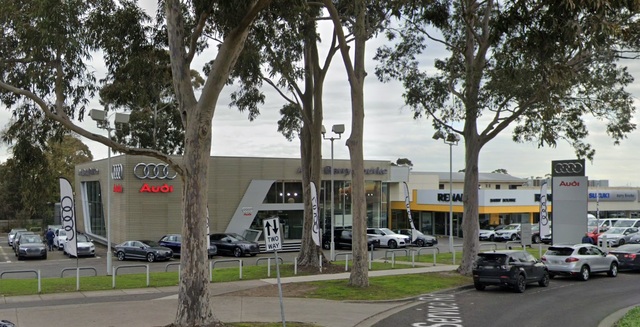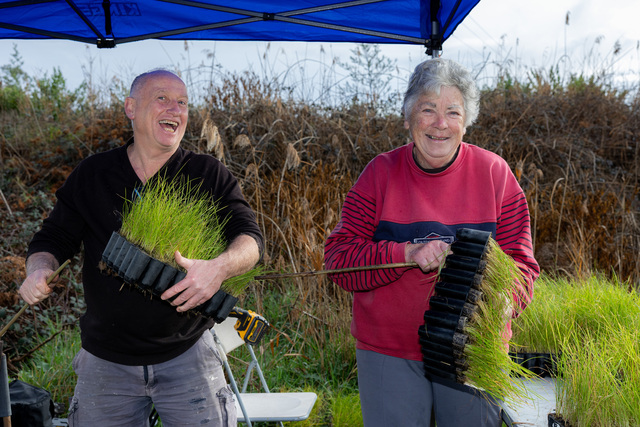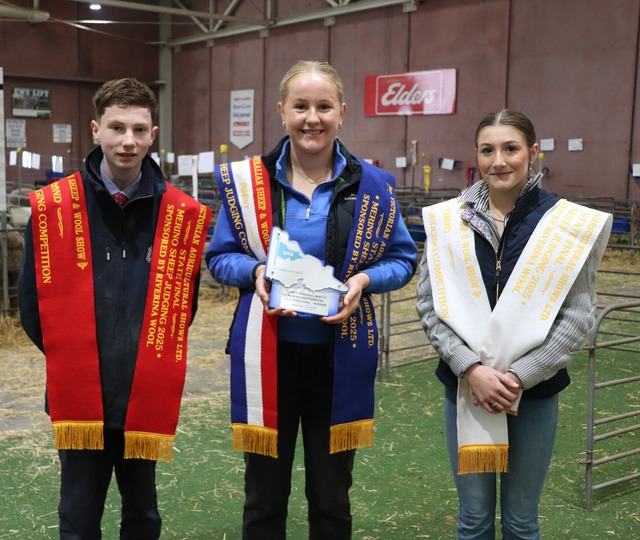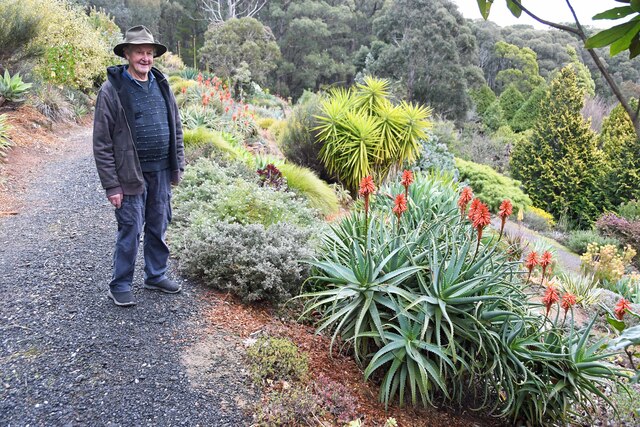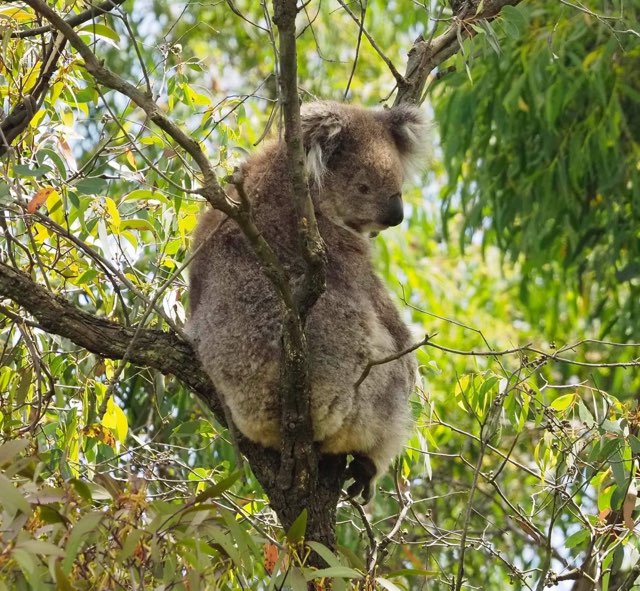Casey Council plans to boost the region’s sub-par tree canopy by 30 per cent in six years.
According to its Greening Casey final report, the council area is home to an estimated 660,000 trees, but its 11.3 per cent tree canopy rate is well short of the 19.3 per cent metro Melbourne average.
The council has targeted a 15 per cent coverage rate by 2030 – which would be a 30 per cent increase.
By 2050, the council aims to hit 20 per cent canopy coverage.
The plan includes planting more than 10,000 street trees in the next three years. Currently there are 360,000 street and park trees managed by the council.
Another aim is to protect and boost the stocks of 300,000 privately-owned trees with a mix of regulation, education and incentives.
“Greening Casey 2024-2030-2050 sets out how we will increase tree canopy cover across the city, which areas will be targeted for more planting, and how trees and vegetation in the city will be monitored and managed into the future,” chair of administrators Noelene Duff said.
“Protecting and enhancing tree canopy cover and vegetation also provides many benefits for our community, including protection from urban heat, a reduction in carbon and providing habitat.”
In a community survey, 95 per cent of respondents wanted more trees in Casey, with strong support for species resilient to climate change.
Less than half wanted tougher regulations to protect privately owned trees.
The priority suburbs for more tree shade include Cranbourne North, Clyde North, Cranbourne East, Cranbourne West, Hampton Park and Botanic Ridge.
The greatest canopy “opportunities” on public land were wide road reserves, retail centres, walking and cycling paths, car parks, parklands and streets surrounding schools.
Activity centres with extensive slabs of asphalt car parks were some of the hottest areas in Casey, the report stated.
In the past four years, Casey gained nearly 350,000 square metres of tree canopy, mostly along roads and streets in new developments.
However large infrastucture projects had wiped out many of those gains.
The strategy looks at better preserving mature trees on private land, including the large losses at new estates.
At the recent Canopy estate in Cranbourne, 61 per cent of canopy cover was lost in three years. Overall canopy was just 6.5 per cent.
“While this was for the purpose of development, it raises the issue of whether more of these established trees should have been strategically retained at the planning phase,“ the report stated.
“It will take over 50 years to replace the amount of canopy lost.”
Non-permitted vegetation removal and vandalism of 7 per cent of new planted trees were also issues.
Currently, the council doesn’t employ an officer to police these matters.
Greater Dandenong Council recently enacted stronger protection for trees on private land in its bid to increase canopy cover from a paltry 9 per cent to 15 per cent by 2028.
A permit would be required to remove trees of 40 centimetres diameter at 1.4 metres above ground level, with certain exemptions.
Casey Council’s strategy also recommends exploring new local law protections of private trees.
It would also require canopy tree planting at the front and rear of subdivisions and developed properties, encourage Significant Tree Register nominations and incentivise residents to plant trees.
However, there was a “driver” for developers to maximise yield at the expense of trees and gardens.
“Land is valuable and becoming more so, and the highest value land use is for residential housing.
“Unfortunately, trees on private lots are often seen as a construction constraint rather than opportunity to site dwellings within the existing landscape.”
In the report, Casey said it was also dealing with the legacy of “poor past decision making” with older trees damaging underground infrastructure.
There were poor tree species selections, such as the Eucalpytus scoparia that’s being replaced in Timbarra Estate, Berwick.
“While these trees grow fast and large, within a decade they were causing impacts to infrastructure and property.”

